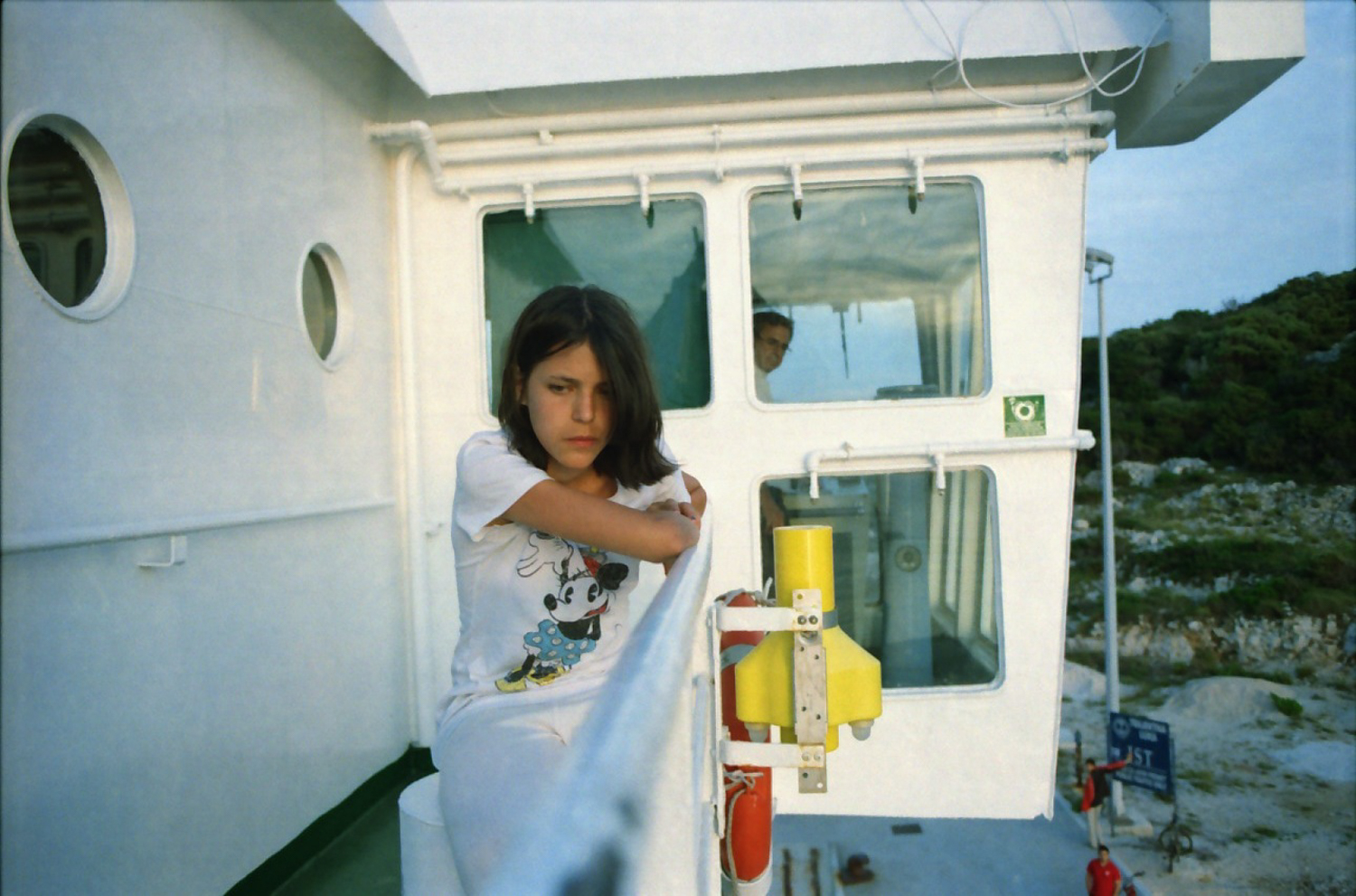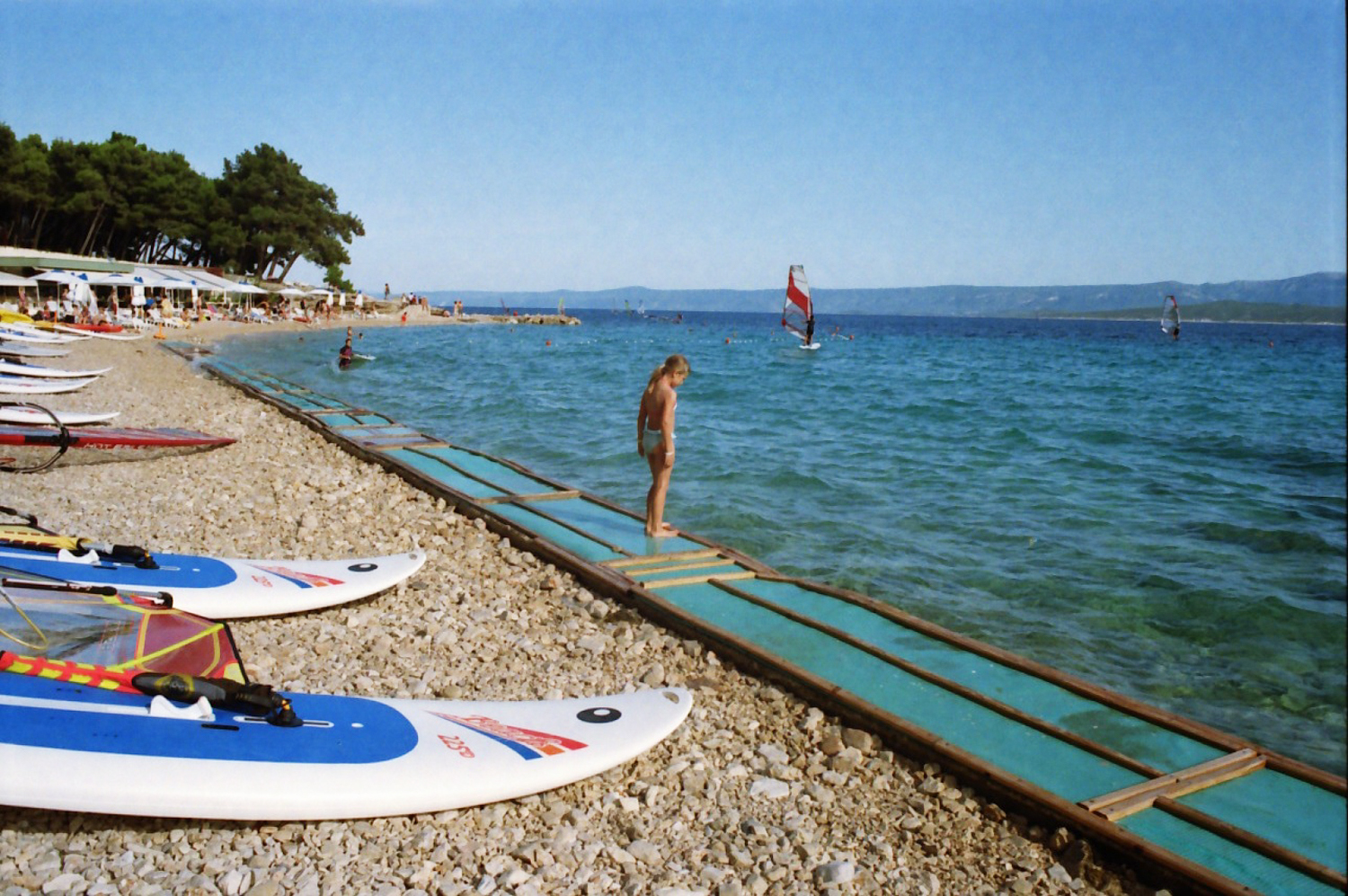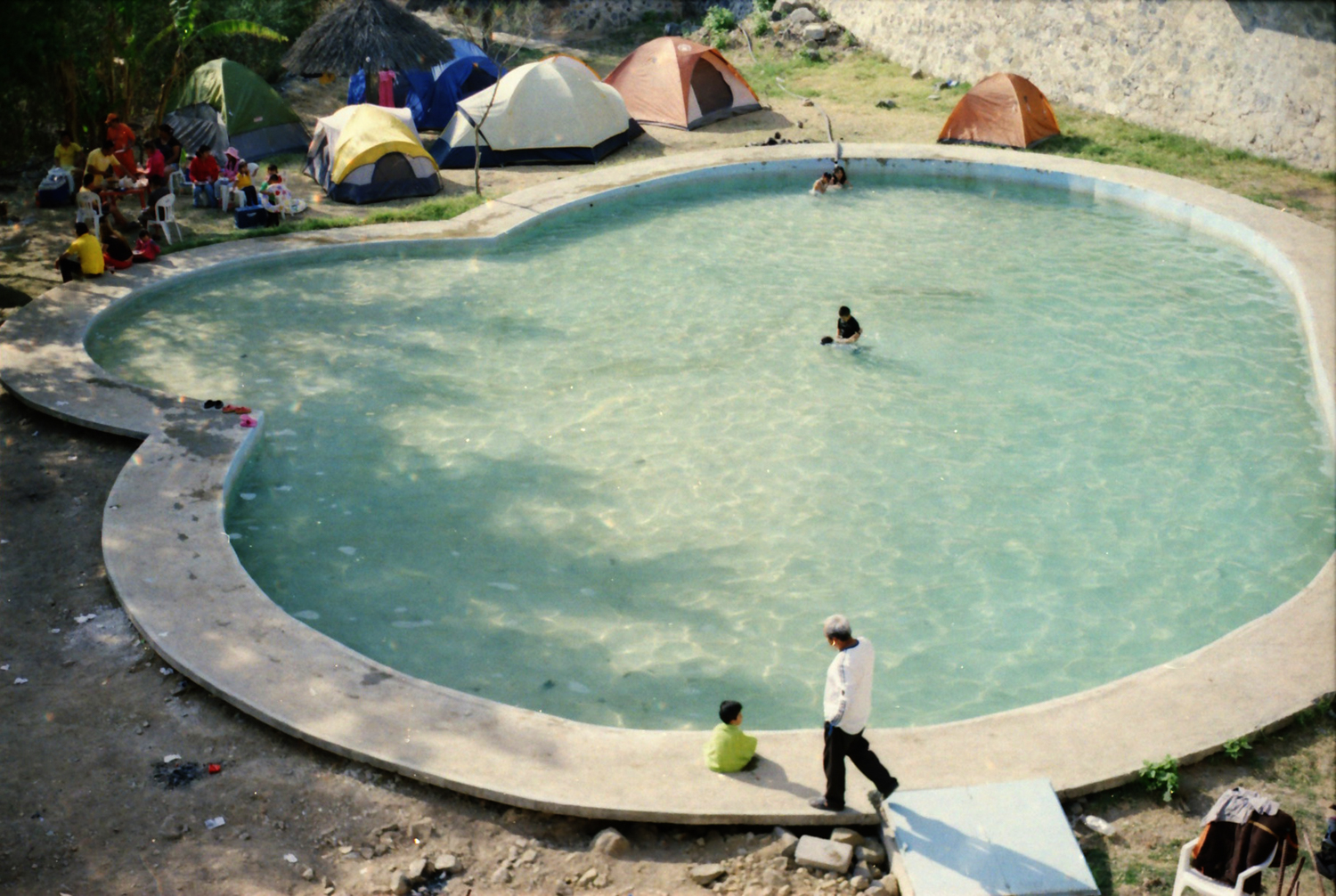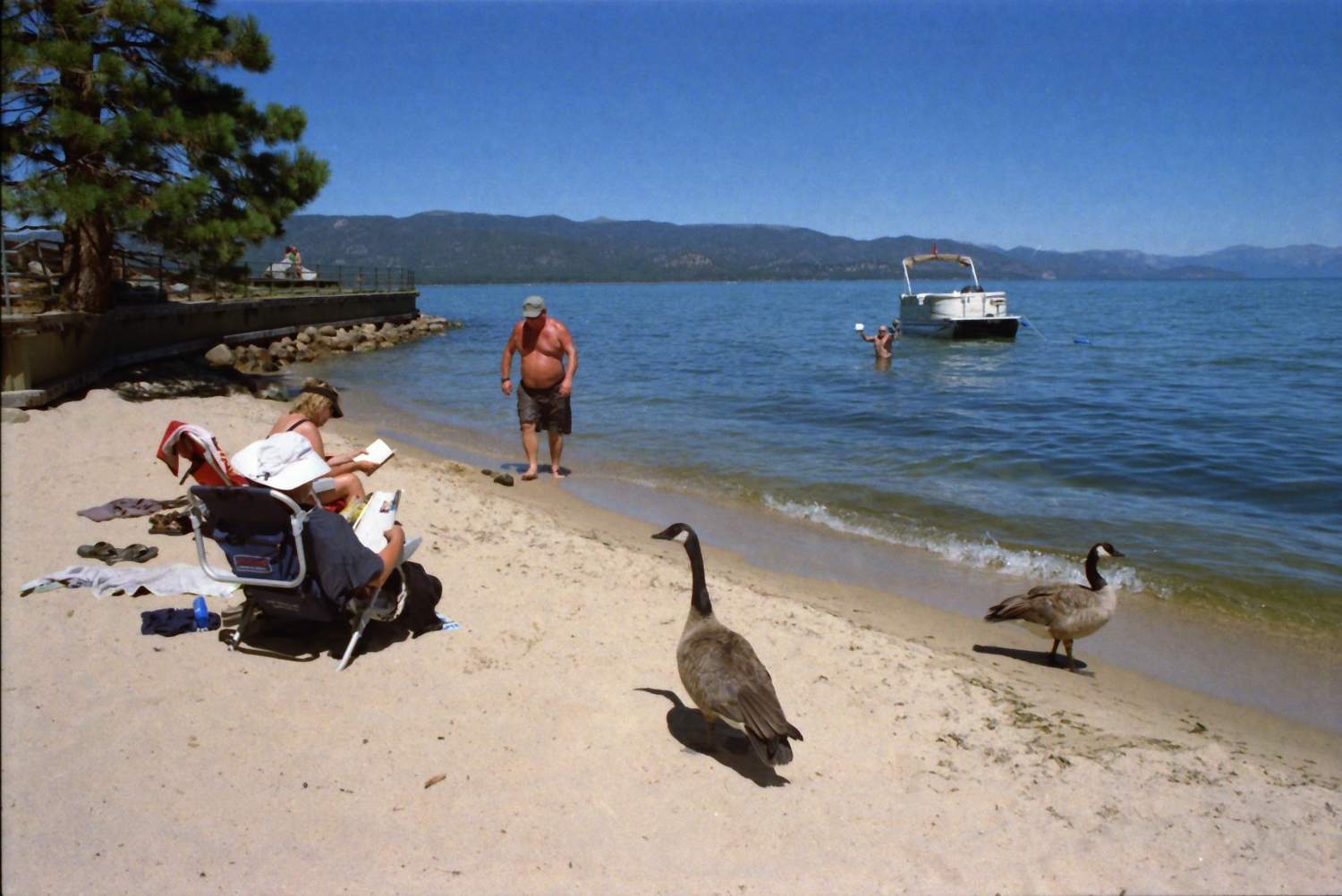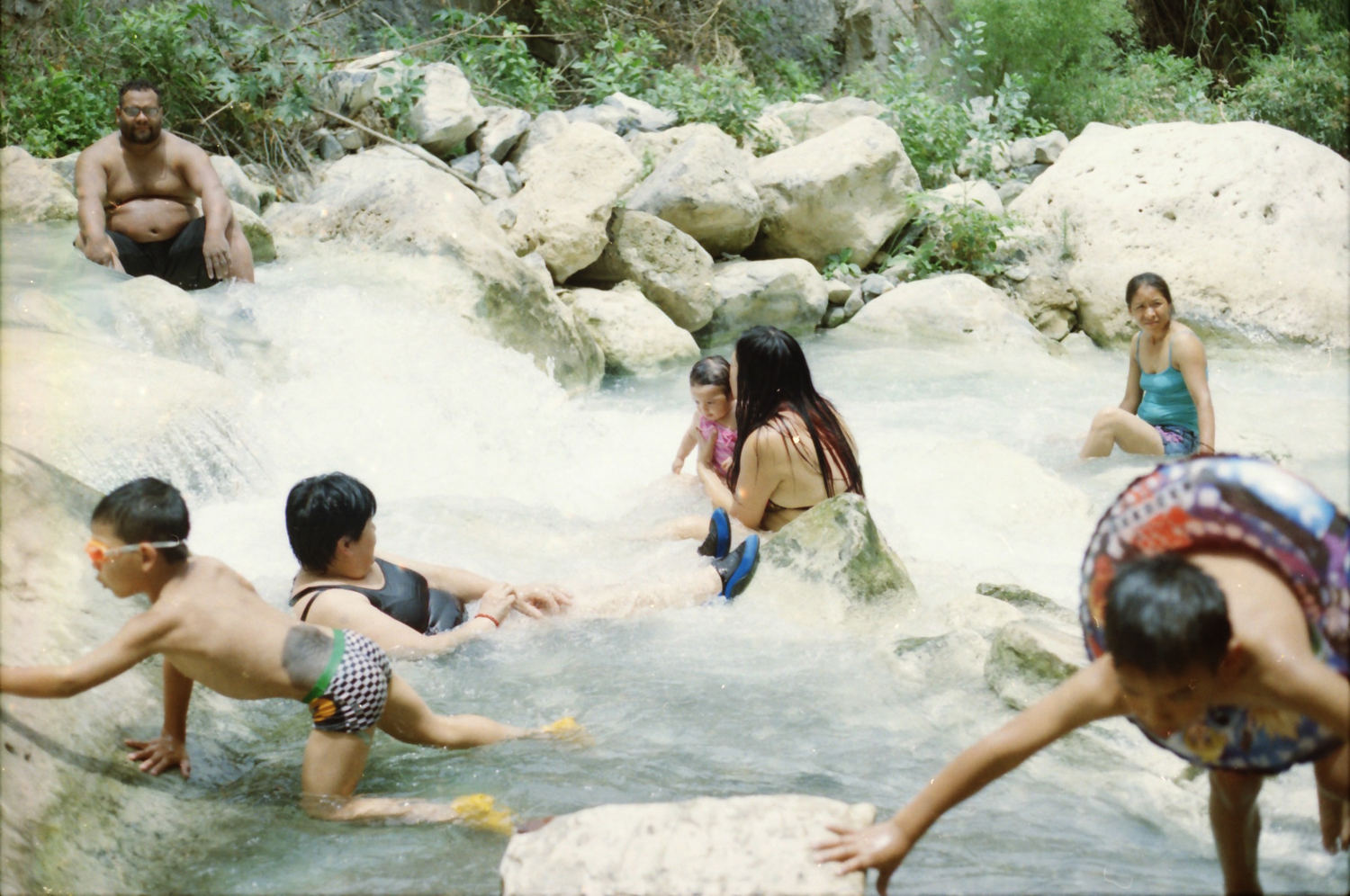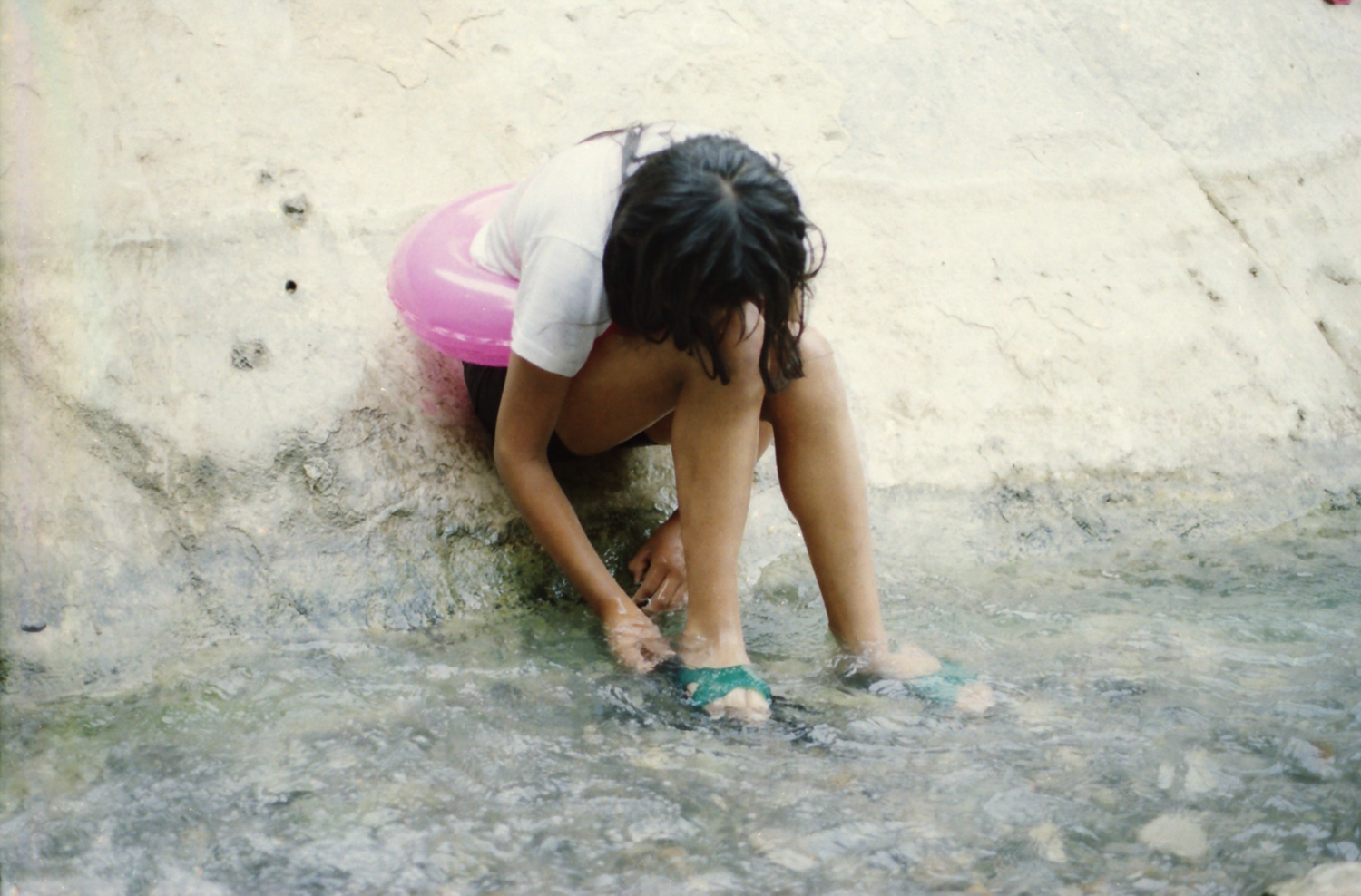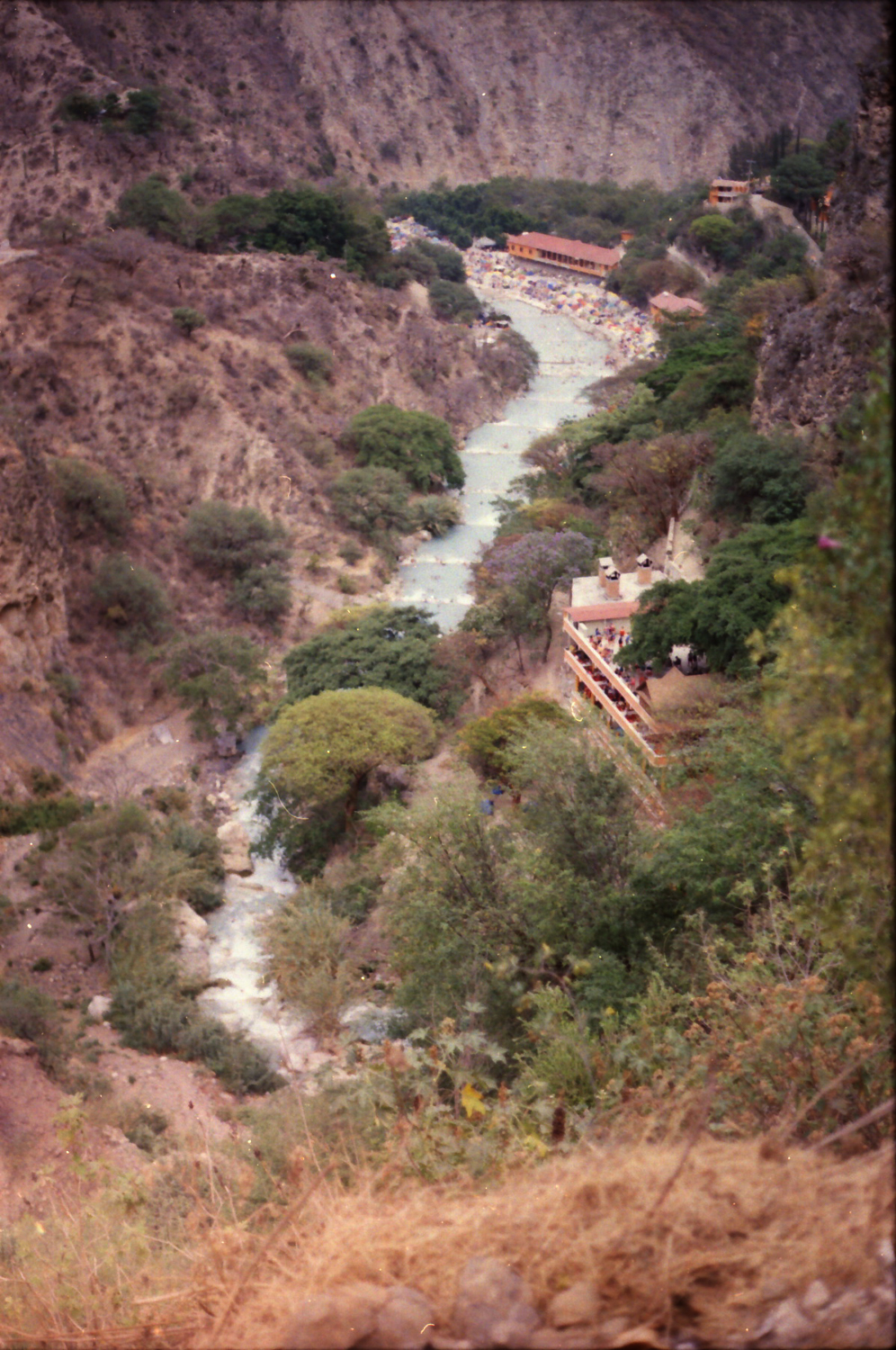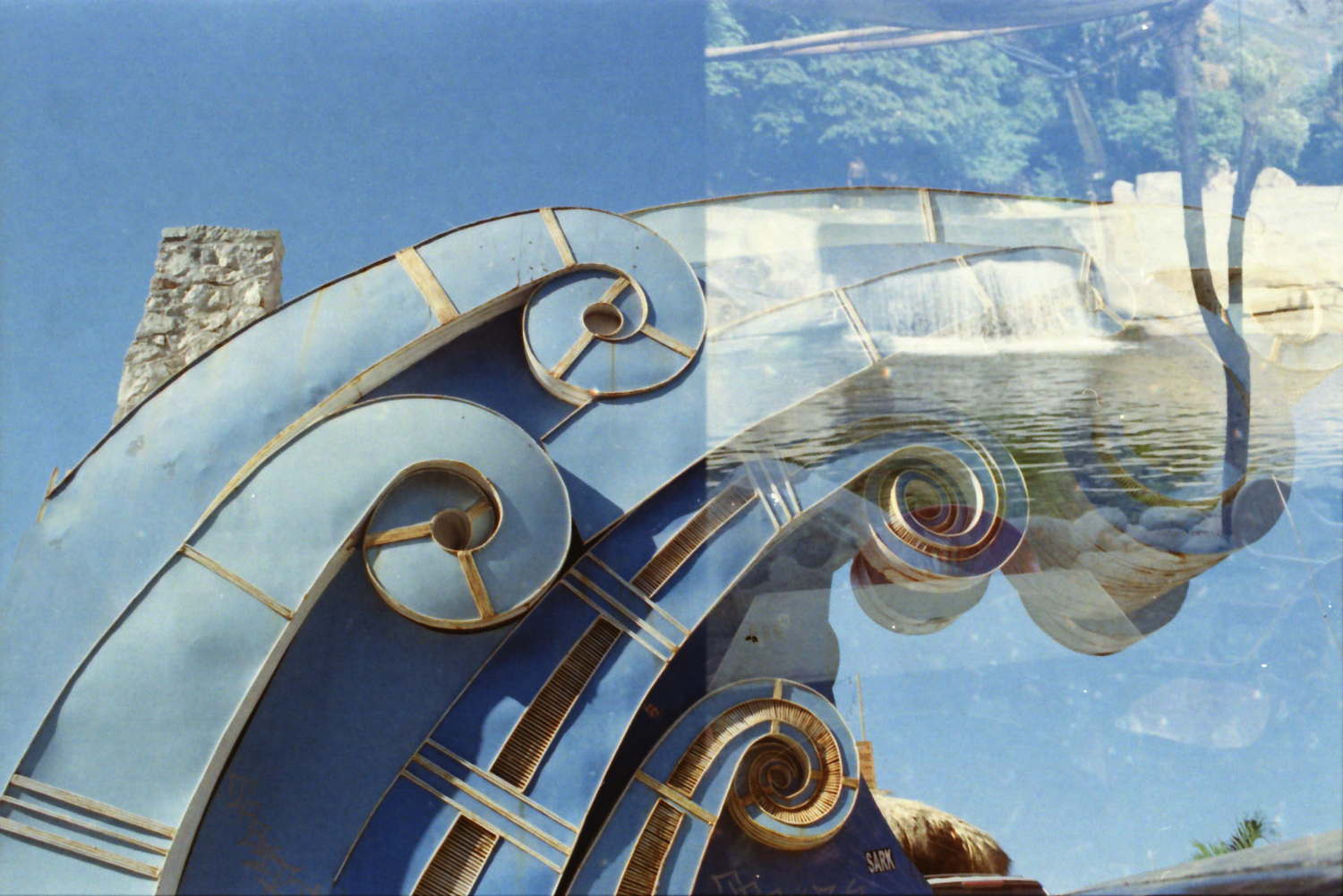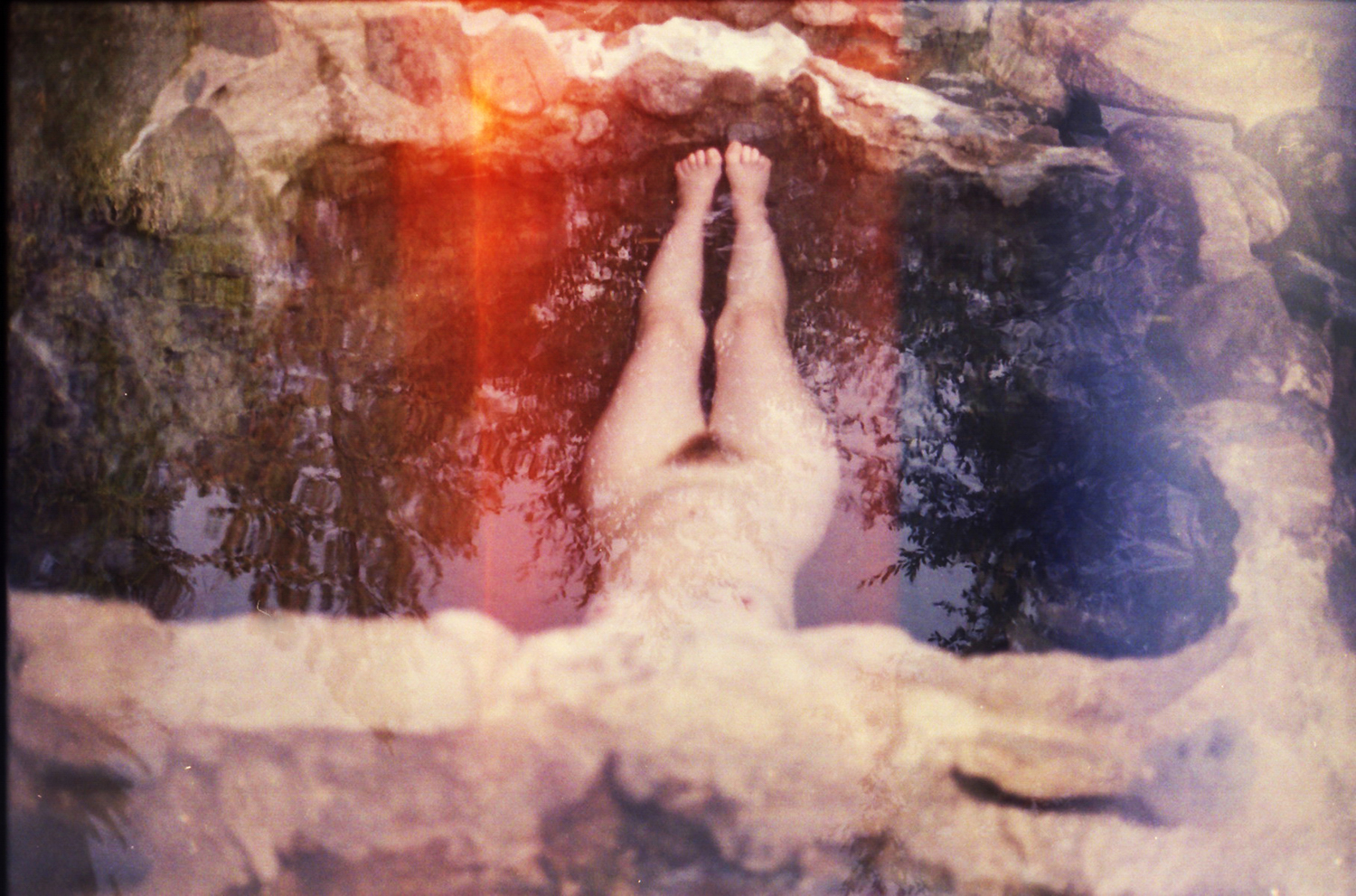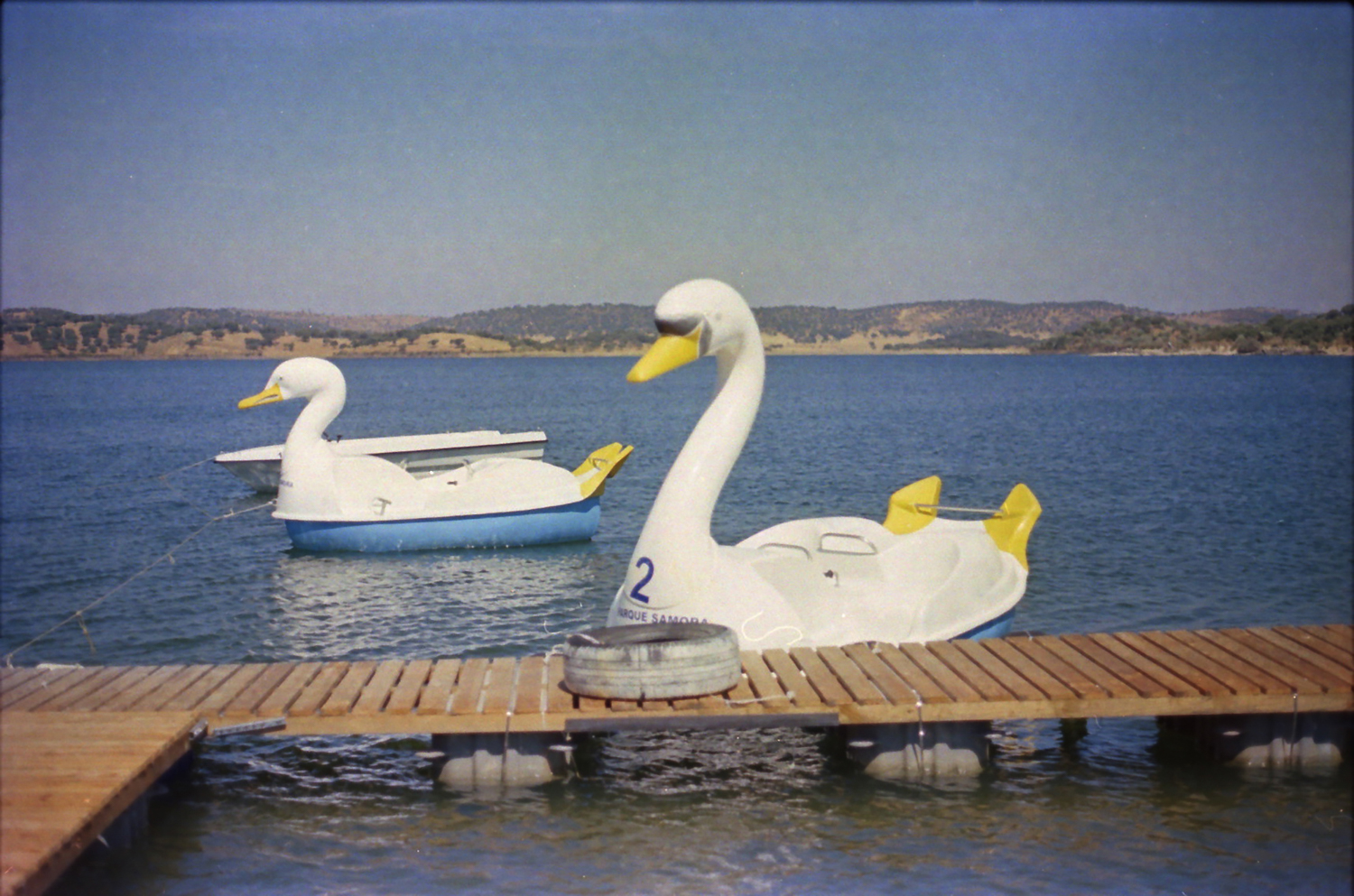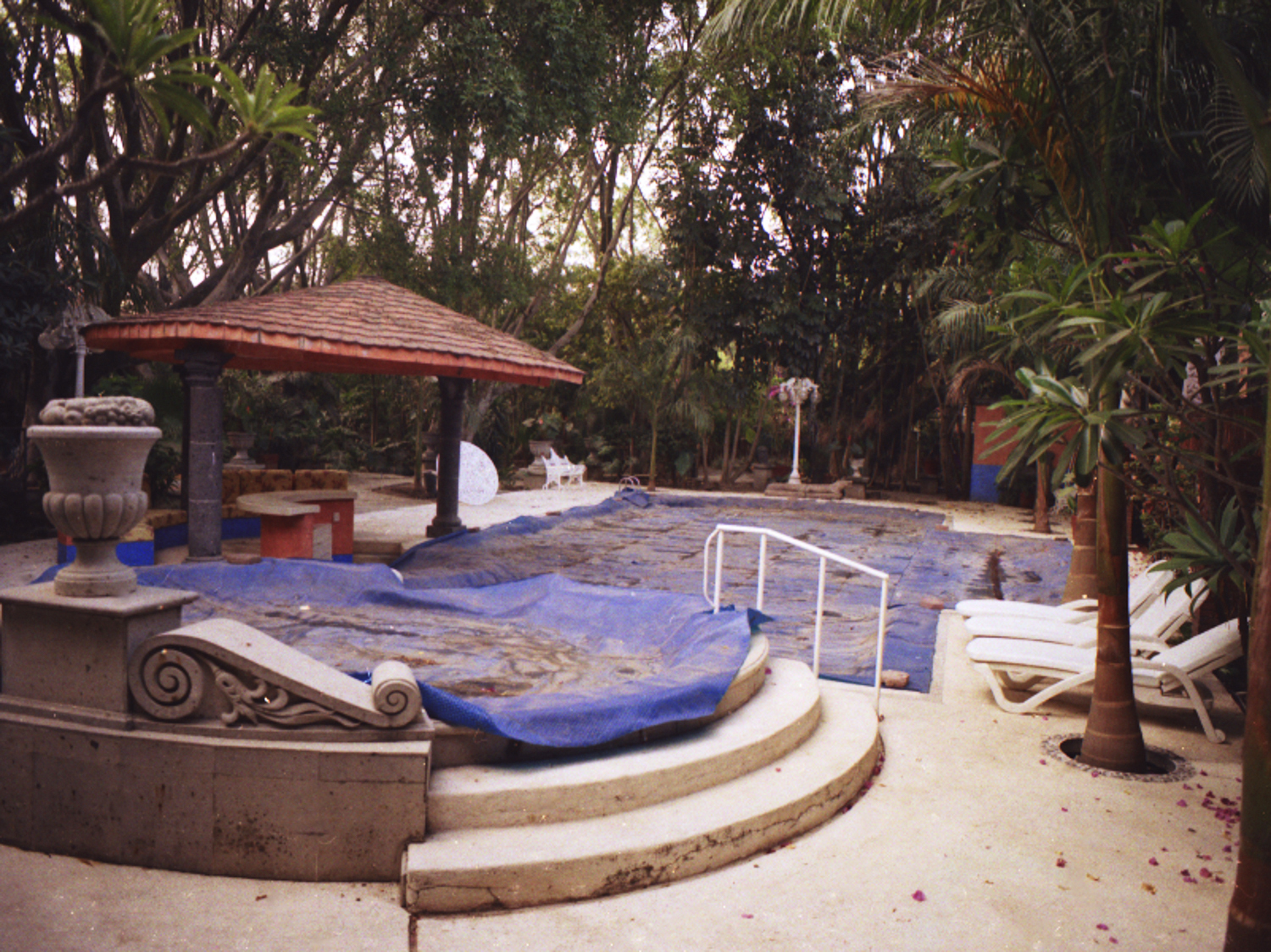SILVER SCREEN
This collection of photos explores our relationship with water, memory, and change. Photography has been called, “a mirror with memory”. I think the same could be said of water. Photography is like water with a memory. I imagine that early humans, who saw their faces reflected in water, were mystified by the first sights of their reflection. They must have been transfixed by the image of their face among the clouds above and the fish below, captured momentarily in the glassy screen of a lake before the wind rippled the placid topography, releasing them from a perplexing form of permanence, reminding them of movement, change, and, perhaps even, time. Photography is like water with a memory, but unlike a mirror, it reminds us of the transience of images, the impermanence of being, that our lives are rooted in change. When we stand or look into water we find ourselves engulfed in a moment of change. The water is always moving, even imperceptibly so, at all times, always influx. Everything we do is eventually absorbed by water, or runs off into the rivers and the oceans - the things we love and lose to floods and rising seas; the trash we discard without thought down toilets and storm drains. When the water dries up, so does life. All we’d have left are dry stories and dust. We must move on. Find more water.
The images we capture, the memories we form, suggest permanence, or stability, but they too are in a process of change. As transient reflections of a moment, taking on a different meaning as they travel through time, photographs themselves become like water, objects that create change, and reflect the changes of the world in which they are embedded, preserved, and viewed. We may never step in the same river twice, nor look at the same photograph twice. Maybe, we are not even the same people in the photographs we have of ourselves. The scene or moment we experience in a photograph holds us in the deep flux between past and future, permanence and change. As a child looking out over the calm sea, or playing in a rushing river, or looking into her reflection in a shallow bay, the water and the image draw us back inside to frolic in or reflect on our inescapable transience, or the aqueous shapes that memory takes on in the spaces of culture and time. Michael J. Weber.
![]()
![]()
![]()
![]()
![]()
![]()
![]()
![]()
![]()
![]()
![]()
![]()
![]()
